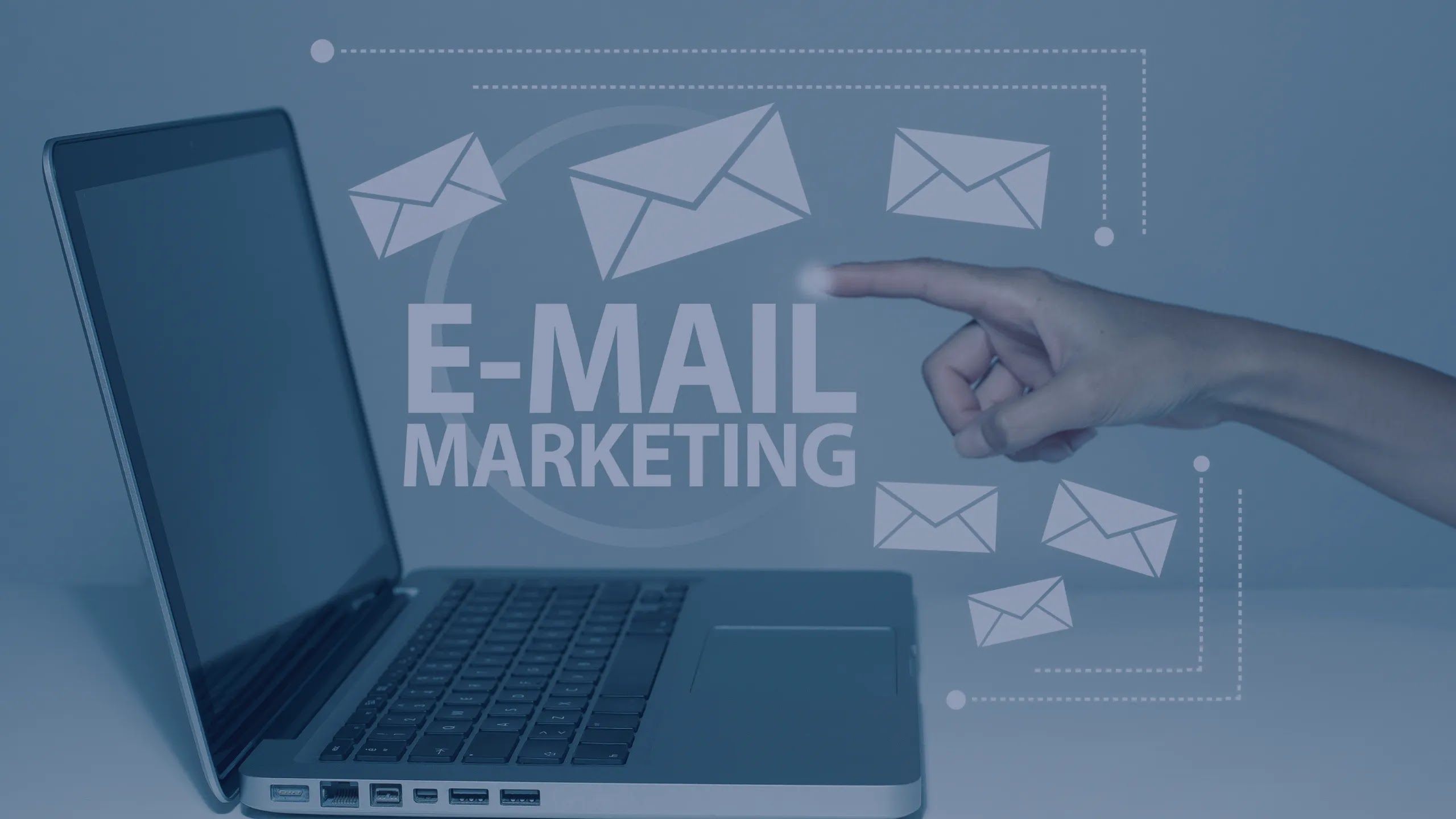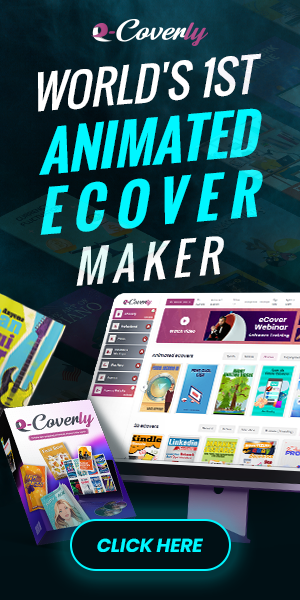Tips for Creating Engaging Email Content
Introduction
Why email content is important
Engaging email content not only grabs the attention of your audience but also keeps them interested and encourages them to take action. Whether you are promoting a product, sharing valuable information, or building relationships with your subscribers, well-crafted email content can make all the difference.
By understanding the importance of email content and implementing effective strategies, you can create compelling emails that drive results and achieve your marketing goals.
The benefits of engaging email content
The benefits of engaging email content are numerous. Firstly, it helps to capture the attention of the recipients and encourages them to open and read the email. Engaging content also increases the chances of recipients taking the desired action, such as making a purchase or signing up for a newsletter.
Additionally, it helps to build a positive brand image and fosters a sense of trust and credibility with the audience. Engaging email content can also lead to higher email open rates, click-through rates, and ultimately, better conversion rates. Overall, investing time and effort into creating engaging email content can greatly enhance the effectiveness of your email marketing campaigns.
Overview of the article
In this article, we will provide valuable tips and strategies for creating engaging email content. Email marketing is a powerful tool for businesses to connect with their audience and drive conversions.
However, with the increasing amount of emails people receive daily, it is crucial to create content that stands out and captures the reader's attention. We will discuss various techniques such as personalization, compelling subject lines, concise and relevant content, and the use of visuals to enhance the overall email experience.
By implementing these tips, you can improve the effectiveness of your email campaigns and increase engagement with your subscribers.
Understanding Your Audience
Identifying your target audience
Identifying your target audience is a crucial step in creating engaging email content. Understanding who your audience is and what they are interested in allows you to tailor your messages to their specific needs and preferences. By identifying your target audience, you can create content that resonates with them, captures their attention, and ultimately drives them to take action. Whether you are targeting a specific demographic, industry, or interest group, taking the time to identify your audience will greatly enhance the effectiveness of your email marketing efforts.
Researching audience preferences
Researching audience preferences is a crucial step in creating engaging email content. By understanding what your audience wants and needs, you can tailor your emails to resonate with them and increase the chances of them engaging with your content.
There are several ways to research audience preferences, such as conducting surveys, analyzing customer data, and monitoring social media trends. By investing time and effort into this research, you can ensure that your email content is relevant, valuable, and compelling to your target audience.
Segmenting your email list
Segmenting your email list is a crucial step in creating engaging email content. By dividing your subscribers into specific groups based on their interests, demographics, or past interactions, you can tailor your email content to their needs and preferences.
This personalized approach not only increases the relevance of your emails but also enhances the overall engagement and conversion rates. Segmenting your email list allows you to send targeted messages that resonate with your audience, leading to higher open rates, click-through rates, and ultimately, better results for your email marketing campaigns.
Crafting Attention-Grabbing Subject Lines
Using personalization techniques
Using personalization techniques in your email content can greatly enhance engagement with your audience. By tailoring your messages to individual recipients, you can create a more personalized and relevant experience for each reader.
Personalization can include addressing recipients by their name, referencing their previous interactions with your brand, or even recommending products or services based on their preferences.
This level of customization not only captures the attention of your audience but also makes them feel valued and understood. Incorporating personalization techniques into your email content is a powerful way to increase open rates, click-through rates, and overall customer satisfaction.
Creating a sense of urgency
Creating a sense of urgency is a powerful technique to grab the attention of your email recipients and encourage them to take immediate action. By using words and phrases that convey a time-sensitive message, such as 'limited time offer' or 'ending soon,' you can create a sense of FOMO (fear of missing out) and motivate your audience to act quickly.
Additionally, incorporating a countdown timer or a deadline in your email can further enhance the sense of urgency. Remember to keep the urgency authentic and relevant to your offer or promotion, as false or exaggerated urgency can lead to a loss of trust with your subscribers. By effectively creating a sense of urgency in your email content, you can increase engagement and drive conversions.
Testing and optimizing subject lines
When it comes to testing and optimizing subject lines in your email content, there are a few key strategies to keep in mind. Firstly, it's important to conduct A/B testing to compare the performance of different subject lines.
This involves sending two versions of the email to a small sample of your audience and analyzing which subject line generates higher open rates. Additionally, consider personalizing subject lines to make them more relevant and appealing to individual recipients.
By including their name or referencing their previous interactions with your brand, you can capture their attention and increase the likelihood of them opening the email. Lastly, don't forget to analyze the data and learn from your testing efforts.
Use the insights gained to refine and optimize your subject lines for future campaigns, ensuring that you continue to engage your audience and drive higher email open rates.
Writing Compelling Email Copy
Keeping it concise and scannable
When it comes to email content, keeping it concise and scannable is crucial. In today's fast-paced digital world, people have limited time and attention spans. They often skim through emails rather than reading them thoroughly.
Therefore, it is important to make your email content easy to scan and understand at a glance. Use short sentences and paragraphs, bullet points, and subheadings to break up the text. Highlight important information and include clear calls to action. By keeping your email content concise and scannable, you increase the chances of capturing your reader's attention and getting your message across effectively.
Using persuasive language
Using persuasive language is a powerful tool when it comes to creating engaging email content. By carefully choosing your words and crafting compelling messages, you can capture the attention of your readers and motivate them to take action.
Persuasive language allows you to tap into the emotions and desires of your audience, making your emails more persuasive and effective. Whether you're trying to sell a product, promote an event, or simply engage with your subscribers, using persuasive language can make a significant difference in the success of your email campaigns.
So, don't underestimate the power of words, and make sure to incorporate persuasive language into your email content strategy.
Including a clear call-to-action
Including a clear call-to-action is crucial for creating engaging email content. A call-to-action is a direct instruction to the reader, guiding them on what action to take next. Whether it's to make a purchase, sign up for a newsletter, or download a resource, a clear and compelling call to action motivates the reader to take that desired action.
By including a well-designed and prominently placed call-to-action in your emails, you can increase click-through rates and conversions. It's important to make the call-to-action stand out visually, use persuasive language, and provide a sense of urgency to encourage immediate action.
Remember to keep the call-to-action concise and easy to understand, ensuring that it aligns with the overall goal of your email campaign. By incorporating a clear call-to-action, you can effectively engage your email subscribers and drive desired outcomes.
Designing Engaging Email Templates
Choosing a visually appealing layout
When it comes to choosing a visually appealing layout for your email content, there are a few key factors to consider. First and foremost, you want to ensure that your layout is clean and organized, making it easy for readers to navigate and find the information they are looking for.
Additionally, incorporating eye-catching visuals, such as images or graphics, can help capture the attention of your audience and make your email content more engaging. It's also important to choose a layout that is mobile-friendly, as a significant portion of email opens now occur on mobile devices.
By selecting a visually appealing layout that is optimized for mobile, you can ensure that your email content looks great and is accessible to all recipients. Overall, choosing the right layout is crucial in creating engaging email content that resonates with your audience and drives the desired action.
Using images and visuals strategically
Using images and visuals strategically can greatly enhance the engagement and impact of your email content. Incorporating relevant and eye-catching visuals can capture the attention of your readers and make your emails more visually appealing.
Whether it's product images, infographics, or illustrations, using visuals can effectively convey your message and make it more memorable. However, it's important to use images sparingly and ensure they are optimized for different devices and email clients to avoid slow loading times or compatibility issues.
By strategically using images and visuals in your email content, you can create a more engaging and compelling experience for your subscribers.
Optimizing for mobile devices
When it comes to optimizing email content for mobile devices, there are a few key considerations to keep in mind. Firstly, it's important to ensure that your email is mobile responsive, meaning it adapts to different screen sizes and resolutions. This ensures that your content is easily readable and accessible on smartphones and tablets.
Additionally, you should prioritize concise and scannable content, as mobile users tend to skim through emails rather than read them in detail. Use clear and concise subject lines, headings, and bullet points to make your content easily digestible.
Finally, don't forget to test your emails on different mobile devices and email clients to ensure they display correctly and function as intended. By optimizing your email content for mobile devices, you can effectively engage your audience and increase the chances of them taking action.
Measuring and Analyzing Email Engagement
Tracking open rates and click-through rates
Tracking open rates and click-through rates is essential for measuring the success of your email campaigns. By monitoring these metrics, you can gain valuable insights into the effectiveness of your content and make data-driven decisions to improve engagement. Open rates indicate how many recipients have opened your email, giving you an idea of how well your subject line and preview text are capturing attention.
Click-through rates, on the other hand, show how many recipients have clicked on links within your email, indicating their level of interest and engagement. By tracking and analyzing these rates, you can identify areas for improvement, such as optimizing subject lines, improving email design, or refining your call-to-action.
Ultimately, tracking open rates and click-through rates allows you to measure the impact of your email content and make informed adjustments to enhance engagement and drive desired actions.
Analyzing email performance metrics
Analyzing email performance metrics is crucial for understanding the effectiveness of your email campaigns. By examining metrics such as open rates, click-through rates, and conversion rates, you can gain valuable insights into how well your emails are resonating with your audience.
This analysis allows you to identify areas for improvement and make data-driven decisions to optimize your email content. Additionally, tracking metrics over time can help you measure the success of your email marketing efforts and identify trends or patterns that can inform future strategies. Overall, analyzing email performance metrics is an essential step in creating engaging email content that drives results.
Making data-driven improvements
When it comes to creating engaging email content, making data-driven improvements is key. By analyzing the performance metrics of your previous email campaigns, you can gain valuable insights into what resonates with your audience and what doesn't.
This data can help you make informed decisions about the type of content to include in your emails, the subject lines that grab attention, and the timing of your sends. By leveraging data, you can continuously optimize your email content to ensure it is relevant, personalized, and compelling to your subscribers.
Next Steps Now that you have learned valuable tips for creating engaging email content, it's time to put them into action and take your email marketing to the next level. Start by implementing these strategies in your upcoming email campaigns and observe the impact they have on your audience engagement and conversion rates.
Remember to continuously analyze and optimize your email content based on the feedback and data you receive. For more in-depth guidance and expert advice on email marketing, visit https://www.doemailmarketing.xyz and unlock a wealth of resources to help you succeed in your email marketing endeavors.
Take the next step towards creating compelling and effective email content by exploring the valuable insights and tools available on the website.












